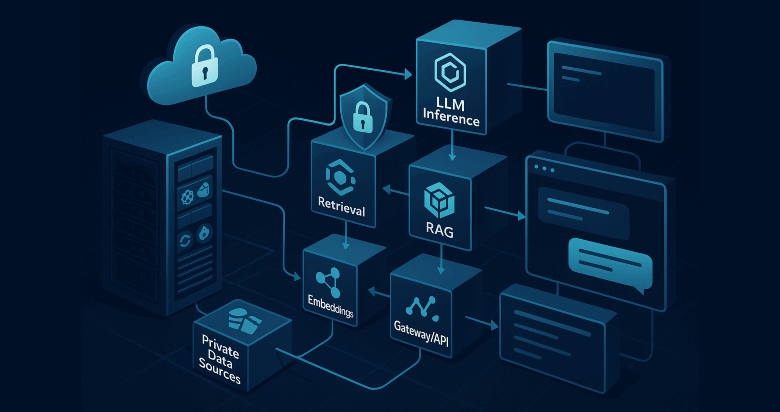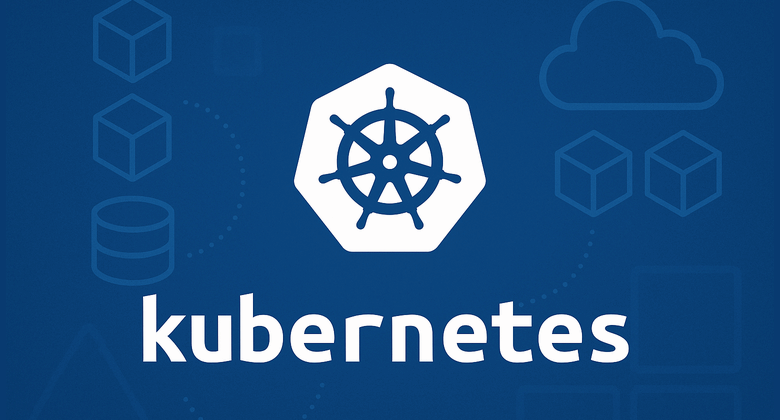If you have a mix of Proxmox nodes and external servers, getting a clean, truthful view of CPU, memory and disk is strangely hard. Proxmox’s built-in charts blur the line between free, cached and used memory, which makes planning resources awkward. I also needed email alerts for low disk space and high CPU or memory after learning the hard way that a full disk can freeze VMs and turn recovery into a risky dance. Finally, I wanted all nodes in one place, not just Proxmox, but remote KVMs, VPSs and dedicated servers from various providers.
LiteLLM at Home: One Endpoint, Real Budgets, Zero Surprises
I’ve been tinkering with LiteLLM at home, and pairing it with my OpenWebUI setup has unlocked something surprisingly practical: real budgets I can enforce automatically so there are no surprise bills. LiteLLM gives me one endpoint for many providers, per-key rate limits that fit each person in my household, and a clean way to bring local models into the same flow. In this post I break down how it works, why it matters for home-brew projects or small teams, and how to deploy it with Docker, end to end. I’ll also show simple recipes for monthly caps, per-key tokens-per-minute or requests-per-minute, and routing that prefers cheap or local models first.
Open WebUI: A Pay As You Go, multi-model, family-friendly alternative to ChatGPT Plus
Open WebUI is an extensible, self-hosted interface for large language models that feels familiar if you have used ChatGPT, yet it gives you control over models, costs, and access. I have been thinking about Open WebUI as a self hosted alternative on a Pay As You Go model versus paying …
Kubernetes for Production: What You Need to Know to Get Started
Kubernetes has become the industry-standard platform for deploying and managing containerized applications. Its popularity is well-earned, offering capabilities like self-healing, automated scaling, and zero-downtime deployments. But many developers hit a wall when moving from sandbox environments to real-world production setups. This post aims to simplify that jump by breaking down what Kubernetes is, how to use it, and the essential hardware and configuration needed for a reliable production deployment.




